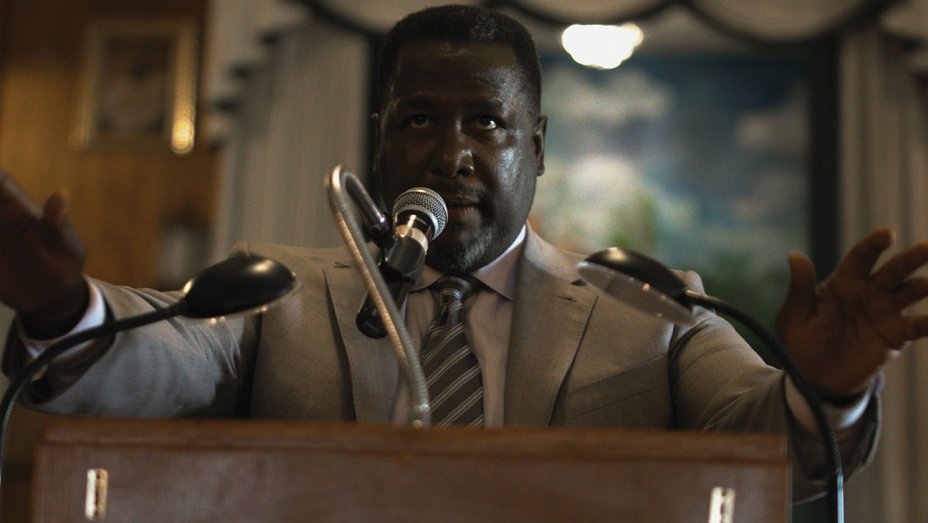
‘Burning Cane’ Conjures Beautiful Images Low on Depth (Tribeca 2019)
Written by: Lauren Humphries-Brooks, CC2K Staff Writer
One of the big winners to come out of Tribeca this year is Burning Cane, which recently won Best Narrative Feature at the festival—a film about a Louisiana community made by (then) seventeen-year-old writer/director Phillip Youmans as his feature debut. The film is a compendium of intertwined narratives about characters whose relationships are initially obscure, as issues of family, faith, and poverty meld together with kaleidoscopic images and apparently superfluous tangents that slowly come together.
Burning Cane contains three narratives that are first presented independently and then begin to connect: a middle-aged mother (Karen Kaia Livers) opens the film as she recounts her attempts to cure her dog of mange; an alcoholic father (Dominique McClellan) who stays at home taking care of his young son and drinking himself into oblivion; and a preacher (Wendell Pierce), attempting to hold a dwindling congregation together in the face of his own crisis of faith. The film is built on environment as much as on characterization, as the characters move through a hot and soggy landscape, navigating their own forms of suffering.
At its best, Burning Cane conjures fantastic images that marry character and setting in a unique if somewhat opaque way. The film is not particularly interested in driving the sparse narratives forward but in immersing the viewer in the world that the characters inhabit, that they shape and that likewise shape them. The preacher sections of the film are the strongest, the camera dwelling on Pierce’s impassioned, desperate face as he becomes increasingly fire-and-brimstone in his rhetoric and pleas for his congregation to consider their immortal souls and the dangers of the devil.
But there are times when Burning Cane seems to be overly in love with the images Youmans crafts, dwelling on close ups and camera angles that fail to provide a clear aesthetic or thematic contribution to the work as a whole. The emphasis is certainly on the merging of character and place, and there are times when the characters recede so fully into their surroundings that it becomes difficult to visualize where the environment stops and the humanity begins. But this is not always as powerful as it needs to be in order to maintain connection, and the narrative threatens to meander off into a contemplation of the poignancy of images without anything underlying them.
This is, on the one hand, a mature film, with a deft, moving interplay of image, performance, and theme, as religious rhetoric mixes with the story of a family dealing with illness, neglect, and alcoholism (but without making those elements the only essence of the plot). On the other, the lack of coherent thought occasionally shows through, especially in the third act that attempts to bring the images and narratives together with a final turn that should be impactful but doesn’t make coherent sense. There’s a sense of shorthand that overrelies on clichés – the neglectful but loving father, the alcoholism, the anger and despair within poverty, the abusive husband, the preacher in crisis – and yet doesn’t take the time to find depth of character.
Burning Cane is tonally and visually similar to Beasts of the Southern Wild, but without the latter’s burning interest in the humanity that resides so close to environment. It’s an interesting film and even at times a moving one, but it also doesn’t make coherent sense. Still, there is so much here that makes Youmans a young filmmaker to watch as he emerges. Even if Burning Cane isn’t quite the film of a wunderkind, in some ways it’s even better than that: it has the potential to be the early work of a great master.
